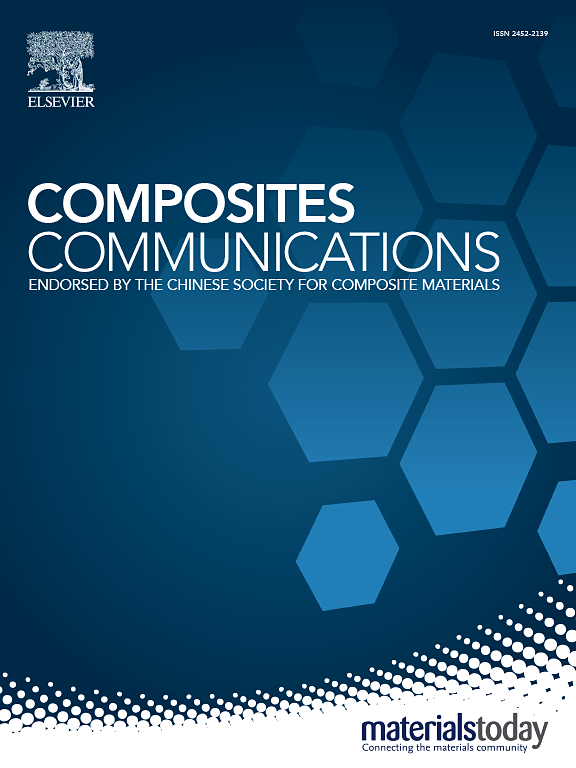Deep learning paradigm shift in composite materials performance prediction: A review of state-of-the-art applications
IF 7.7
2区 材料科学
Q1 MATERIALS SCIENCE, COMPOSITES
引用次数: 0
Abstract
Given the extensive application of composite materials in aerospace and a diversity of other fields, an accurate prediction of composite properties has become increasingly important. However, traditional experimental methods are time-consuming and costly. Deep learning (DL) has emerged as a transformative tool in composite materials research due to its powerful data processing capabilities. This paper reviews the application of DL models in predicting composite materials properties, providing a comparative analysis of four mainstream DL architectures: convolutional neural network (CNN), recurrent neural network (RNN), autoencoder (AE), and generative adversarial network (GAN). The associated fundamental principles, applications, and recent advancements are addressed, summarizing DL model evaluation methodologies in classification, regression, and image-based tasks. Moreover, this review considers current challenges and future research directions, offering valuable insights to inform further investigations. This study aims to serve as a significant reference for researchers engaged in this field of research.

复合材料性能预测中的深度学习范式转变:最新应用综述
由于复合材料在航空航天和其他领域的广泛应用,对复合材料性能的准确预测变得越来越重要。然而,传统的实验方法既耗时又昂贵。由于其强大的数据处理能力,深度学习(DL)已成为复合材料研究的变革性工具。本文综述了深度学习模型在预测复合材料性能方面的应用,并对卷积神经网络(CNN)、循环神经网络(RNN)、自动编码器(AE)和生成对抗网络(GAN)这四种主流深度学习架构进行了比较分析。相关的基本原理、应用和最新进展,总结了分类、回归和基于图像的任务中的深度学习模型评估方法。此外,本文还考虑了当前的挑战和未来的研究方向,为进一步的研究提供了有价值的见解。本研究旨在为从事该领域研究的研究者提供有意义的参考。
本文章由计算机程序翻译,如有差异,请以英文原文为准。
求助全文
约1分钟内获得全文
求助全文
来源期刊

Composites Communications
Materials Science-Ceramics and Composites
CiteScore
12.10
自引率
10.00%
发文量
340
审稿时长
36 days
期刊介绍:
Composites Communications (Compos. Commun.) is a peer-reviewed journal publishing short communications and letters on the latest advances in composites science and technology. With a rapid review and publication process, its goal is to disseminate new knowledge promptly within the composites community. The journal welcomes manuscripts presenting creative concepts and new findings in design, state-of-the-art approaches in processing, synthesis, characterization, and mechanics modeling. In addition to traditional fiber-/particulate-reinforced engineering composites, it encourages submissions on composites with exceptional physical, mechanical, and fracture properties, as well as those with unique functions and significant application potential. This includes biomimetic and bio-inspired composites for biomedical applications, functional nano-composites for thermal management and energy applications, and composites designed for extreme service environments.
 求助内容:
求助内容: 应助结果提醒方式:
应助结果提醒方式:


